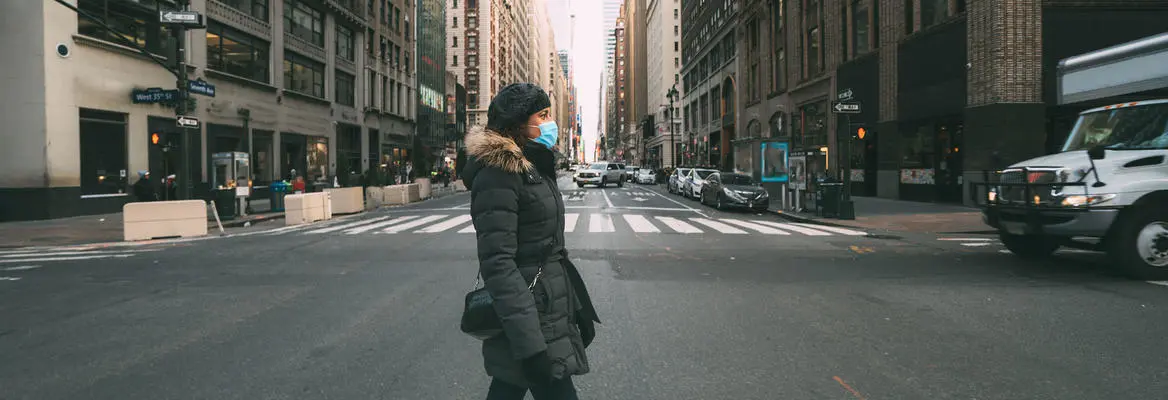Arrogance blinded the West to the potential benefits of mask-wearing. Only now are Western countries adopting the strategy that Eastern countries embraced from the beginning of the Covid-19 outbreak. We should be very wary of the underlying racism that led the West to resist face-masks, and be humble and democratic in assessing evidence.
It feels like I have lived through the Covid-19 outbreak twice, first in Hong Kong during the Lunar New Year in January, and now in San Francisco. Across the world, most countries are adopting similar preventative strategies, including hand-washing, physical distancing and quarantine. But there is one medical technique that has divided the world East from West: mask-wearing.
The opposing attitudes to mask-wearing expose not only different public health and cultural responses to this pandemic, but more potently it reveals an intersecting current of epistemic arrogance and racism that may further plague our global population if uncorrected.
The reaction of my family in Asia to the fact I am not wearing masks demonstrates just how different Eastern and Western attitudes are on this issue. Even though I am a non-clinical faculty member in medical and public health schools, with constant access to updated recommendations of infection prevention, my family continue to offer to send me masks. I have tried to reassure them by describing my meticulous hand hygiene regimen. But their anxiety continues even after I recite the Center for Disease Control and Prevention (CDC) and World Health Organization’s (WHO) recommendations.
The opposing attitudes to mask-wearing expose not only different public health and cultural responses, but an intersecting current of epistemic arrogance and racism.
Back in January, it was obvious to the citizens of Hong Kong that masks were a sensible precaution against the virus. Many of Hong Kong’s 7 million citizens had lived through the 2003 SARS epidemic. SARS, a respiratory illness caused by the same family of coronavirus as Covid-19, killed 299 Hong Kong residents, accounting for over a third of official fatalities worldwide.
I arrived in Hong Kong two days after the first confirmed cases of Covid-19 in the city. Residents were already bracing themselves for additional infections due to the city’s proximity to, and busy traffic flow with, Mainland China which had already reported almost 2000 cases. From toddlers to seniors, residents heading to family gatherings donned face masks along with their best outfits. Having just experienced 9 months of crowded anti-government protests, people of all political leanings appeared united in what they thought would best protect themselves and others. The sick and the asymptomatic were equalized behind the masks, with their common vulnerability on full display in solidarity. People who did not wear masks in public were exceptions, often met with shaming stares from strangers and perceived as being defiant, arrogant, and selfish. Neighboring cities and countries such as Macau, Taiwan, South Korea, and Japan showed similar widespread mask use alongside other public health measures to test and isolate (potential) patients. The public discussion focused on how to wear masks properly and where to acquire them, and these governments responded with increased procurement and fair allocation schemes to ensure access for their health workforce and citizens accordingly.
Even though I wore a mask for my full four-day trip to Hong Kong, that ended when I exited the San Francisco International Airport.















Join the conversation